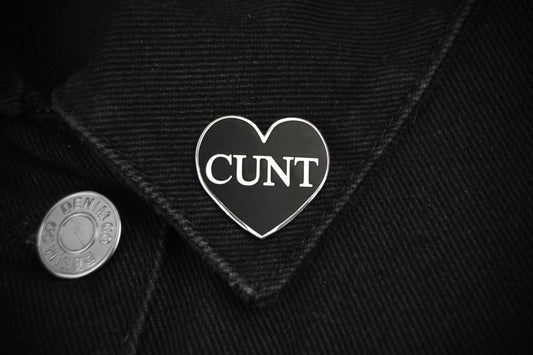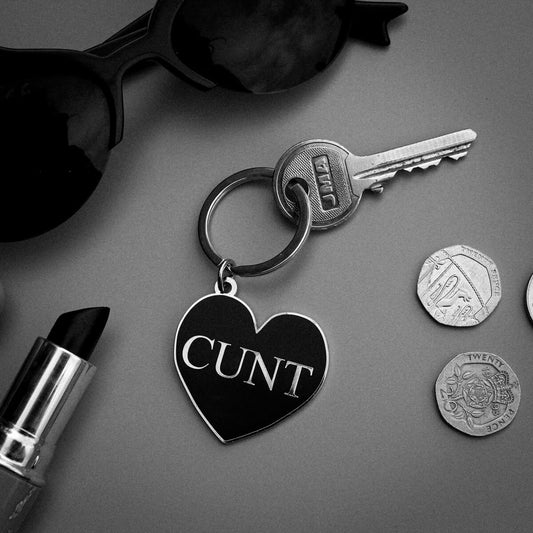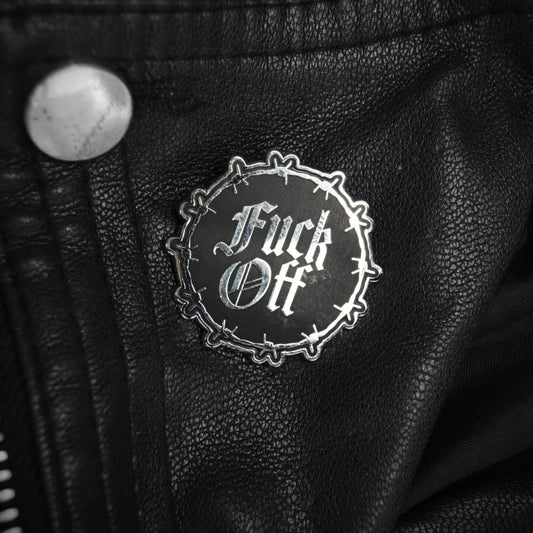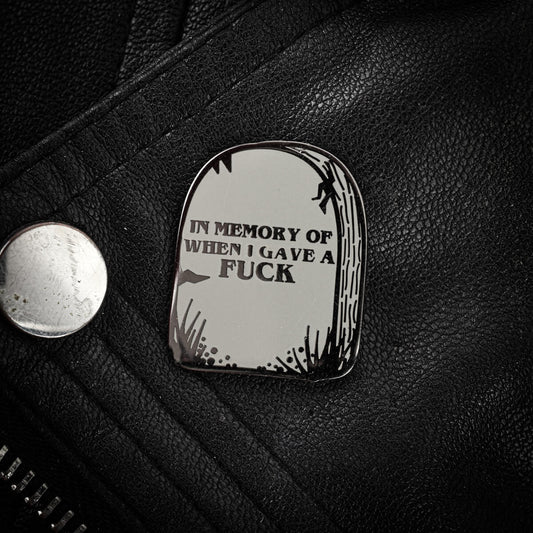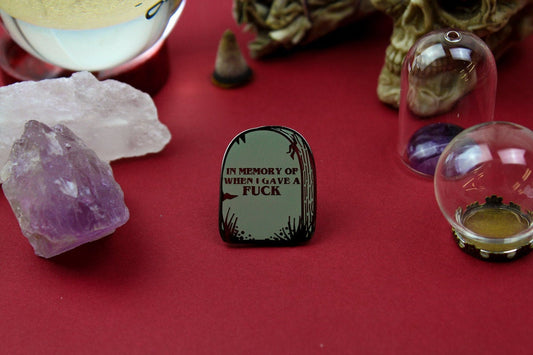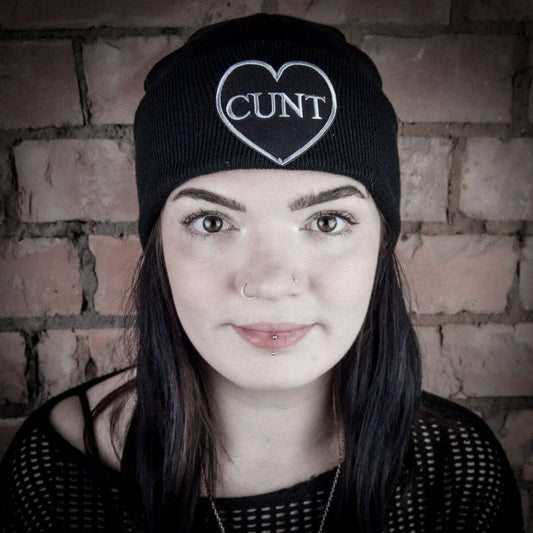
Is Goth a Music Genre?
Share
Introduction
Short version of this blog: Yes, goth is a music genre, the end.
Long version: it’s so much more, read on…
The term "goth" has deep cultural roots that trace back to the late 1970s, initially used to describe the atmospheric sound of certain post-punk bands. Bands like Siouxsie and the Banshees, Magazine, and Joy Division were pivotal in shaping what would come to be known as goth music. In July 1978, music critic Nick Kent highlighted the gothic atmosphere in a live review of Siouxsie and the Banshees, drawing parallels to "gothic rock architects like the Doors and early Velvet Underground." By 1979, this gothic descriptor was further cemented when Kent used it in his review of Magazine's "Secondhand Daylight," noting a "dank neo-Gothic sound" that characterised their music. Siouxsie and the Banshees' second album, "Join Hands," released the same year, also showcased many musical signifiers that would become hallmarks of goth music, such as scything, effects-laden guitars and pounding tribal drums.
The goth label was further embraced by Joy Division. Their manager Tony Wilson and producer Martin Hannett described their music with gothic veins on television and in reviews, referring to it as "dancing music with gothic overtones." Melody Maker and Sounds magazine echoed these sentiments, particularly with the release of Joy Division's final album "Closer," following the tragic suicide of their lead singer Ian Curtis. These early references solidified the gothic aesthetic and thematic elements in music, contributing to what would become the goth subculture.
Despite its clear origins and influences, there remains debate about whether goth is strictly a music genre or a broader cultural phenomenon. Some argue that goth is a distinct genre, characterised by its dark, introspective themes and unique soundscapes. Others see it as a subculture that encompasses not just music, but also fashion, art, and lifestyle. This debate continues as the goth scene evolves, incorporating new influences while maintaining its core identity. Whether viewed as a genre or a cultural movement, goth undeniably has a lasting impact on music and alternative culture.
Origins of Goth Music
Goth music traces its roots to the post-punk movement of the late 1970s. Emerging from the disillusionment of traditional punk rock, post-punk artists began to experiment with avant-garde influences, incorporating elements of funk, electronic, and jazz into their music. This period of musical exploration set the stage for the emergence of goth, a genre characterised by its dark, atmospheric soundscapes and introspective lyrical themes.
The seminal moment in the birth of goth can be traced back to 1979, with the release of Siouxsie and the Banshees' album "Join Hands" and Bauhaus' iconic single "Bela Lugosi's Dead." These pioneering bands introduced elements of gloom and introspection, laying the groundwork for what would become the goth rock genre. Bauhaus, in particular, captured the imagination of audiences with their dub-influenced sound and haunting aesthetic, setting a precedent for future goth bands to follow.
Throughout the early 1980s, goth music continued to evolve, with bands like Joy Division, The Cure, and Sisters of Mercy emerging as key figures in the genre. Albums such as Joy Division's "Unknown Pleasures" and The Cure's "Pornography" further solidified goth's sonic identity, blending melancholic melodies with introspective lyrics to create a unique and compelling musical experience.
While there are ongoing debates about whether goth is a distinct genre, its significant impact on the wider music world is undeniable. Emerging from its punk roots to become a cultural phenomenon, goth music remains a powerful and enduring force, inspiring generations of artists and fans alike.

Musical Characteristics of Goth
Goth music is hard to classify because of its varied styles. It is known for atmospheric sounds, haunting melodies, and introspective lyrics. Classic goth bands mix rock, post-punk, and alternative music, using guitars, synthesisers, and bass lines to create dark, moody sounds. Modern goth and darkwave bands often experiment with synth and electronic music, pushing the genre's boundaries. This blend of traditional and new sounds keeps goth music diverse and evolving.
Vocal styles in goth music range from sombre and haunting to introspective and emotional. Artists like Robert Smith of The Cure often sing about themes of love and longing, as seen in songs like "Pictures of You" and "Lovesong" which reflect his dedication to his long-term partner, Mary. Similarly, Ian Curtis of Joy Division delved into dark, real-life experiences. For example, "She's Lost Control" draws from a young woman's violent epileptic seizure, highlighting Curtis's raw and morbid lyrical inspiration.
Beyond personal experiences, goth music often explores political and social issues. For example, Siouxsie Sioux addresses oppression and gender inequality in her song "Arabian Knights," highlighting the struggles of women in the Middle East. This shows how goth music can be a platform for important social commentary, tackling issues that resonate deeply with its audience.
While goth music shares similarities with punk and new wave, its focus on dark, atmospheric soundscapes and introspective lyrics sets it apart. Despite its varied influences and evolving sound, goth music remains a unique and powerful form of expression. Its brooding melodies and emotive storytelling captivate audiences, making it distinct in the music world.
Goth Subgenres
Goth music includes various subgenres, each with its own cultural and stylistic traits. One key subgenre is Deathrock, which developed in the United States. Deathrock combines horror elements and gothic theatrics, often featuring dramatic performances and macabre imagery. Bands like Christian Death, Voodoo Church, and 45 Grave are pioneers of this style, blending punk energy with dark, atmospheric sounds. This mix of influences creates a distinct and captivating musical experience.
Another important subgenre is dark wave, characterised by its use of minor keys and introspective lyrics. Dark wave music is often described as dark, romantic, and bleak, with themes of sorrow and melancholy running throughout. Artists in this genre explore a wide range of emotions, creating haunting soundscapes that deeply resonate with listeners. This subgenre stands out for its ability to evoke powerful feelings and moods, making it a significant part of the goth music scene.
‘Ethereal Wave’ is a subgenre of goth music that leans towards ambient and ethereal sounds. Bands like Cocteau Twins, This Mortal Coil, and early Dead Can Dance create dreamy, otherworldly music that transports listeners to a place of beauty and reflection. Ethereal wave often features rich instrumentation, airy vocals, and a sense of transcendence, making it a unique and immersive musical experience.
Coldwave is another notable subgenre in the goth music scene, known for its minimalistic and electronic sound. Bands like KaS Product, Norma Loy, and Little Nemo use electronic textures and synthesisers to create icy, atmospheric music that evokes feelings of isolation and alienation.
Goth music spans a wide range of subgenres, each offering a unique take on themes of darkness and emotional depth. From the haunting theatrics of deathrock to the ethereal beauty of ethereal wave, goth music continues to evolve and captivate audiences with its rich diversity and emotive storytelling.

By Official Image from Molchat Doma. - https://drive.google.com/file/d/1wWe3A8-ZBeuA1HlAgIo6hITMeB55ifdZ/view?usp=sharing, CC0, Link
The Goth Scene and Its Culture
The goth scene is more than just music; it's a vibrant cultural movement with its own identity and community. While goth music shapes the culture, it isn't the only defining factor. Goth music originally described a musical style that attracted fans and evolved into a subculture. However, some people embrace goth fashion and lifestyle without being big fans of the music, and that's completely fine – we’re not ones to gatekeep! The goth scene is inclusive and welcoming, allowing individuals to express themselves authentically and pursue their interests without judgement.
Events and gatherings are key to the goth community, offering chances for like-minded people to connect and celebrate their shared passions. From clubs and concerts to festivals, these events foster creativity, self-expression, and camaraderie. In Manchester, venues like Jilly's Rock World, with its goth room, were beloved until its closure in 2010. Events like the Darker Waves Festival, featuring goth and post-punk bands like Molchat Doma, Echo & The Bunnymen, She Wants Revenge, and Twin Tribes, allow fans to fully immerse themselves in the music and culture they love.
Historically, iconic clubs like the Batcave in Soho, London, played a pivotal role in shaping the goth subculture. The Batcave, which operated from 1982 to 1985, is seen as the birthplace of the Southern English goth subculture. It attracted fans of gothic rock music, who wore Batwing coffin necklaces as a symbol of their connection to the scene. These clubs were safe spaces for goths to express themselves freely and meet others who shared their love for dark, alternative music and fashion.
Goth Influence on Other Music Genres
Goth music has had a big impact on other genres like industrial, metal, and electronic music. This mix of influences is clear in the work of Nine Inch Nails, whose frontman Trent Reznor cites The Cure, Joy Division, and Bauhaus as major influences. While industrial music is harder and goth music is darker and more atmospheric, both share a love for the macabre and avant-garde. Bands like Skinny Puppy have also blended gothic themes into their music, showing the overlap between these styles.
Goth's influence on metal is clear in subgenres like doom, drone, death, and folk metal. These styles often use the atmospheric and melancholic qualities that appeal to goth fans. Bands in these genres frequently explore dark, introspective themes that resonate with goth listeners, blending heavy sounds with the emotional depth found in goth music. This crossover highlights how goth's moody and reflective elements have shaped various metal subgenres, creating music that attracts a diverse audience.
The early goth bands' use of synthesisers influenced many electronic acts. Joy Division's shift to New Order after Ian Curtis's death is a prime example, as they moved from post-punk to synth-pop. Other electronic artists like Crystal Castles, VNV Nation, and Twin Tribes also draw inspiration from goth music. These bands incorporate dark, brooding elements in their music, showing how goth's atmospheric and melancholic qualities have shaped the electronic music scene.
Goth music has influenced mainstream artists and trends in surprising ways. Hip hop and R&B artists have sampled goth tracks, blending these genres. For example, The Weeknd's "House of Balloons / Glass Table Girls" samples "Happy House" by Siouxsie and the Banshees, while Danny Brown's "Golddust" features Joy Division's "Atrocity Exhibition." Additionally, Madlib's "Tapes Flying" uses a sample from Bauhaus's "The Three Shadows Pt. 1."
This intermingling of goth with other music genres highlights its versatility and lasting impact, showing how its dark, emotive core can resonate across different musical landscapes.

Conclusion
In conclusion, the goth scene is more than just music; it's a vibrant cultural movement with a unique identity and community. Goth music, a key element, has shaped goth culture, evolving from a specific musical style into a distinct subculture. This music includes a variety of styles, from classic goth rock to electronic darkwave.
However, the goth scene isn't only about music. Many embrace goth fashion and lifestyle without being music fans, and that's perfectly fine with most people in the scene. The community is inclusive and always has been - allowing for authentic self-expression.
The future of goth music looks promising, with platforms like TikTok introducing it to new generations. While the core themes from the '70s and '80s remain influential, goth music will continue to evolve, reflecting the dynamic nature of its community.
In summary, goth music is crucial to the subculture, influencing fashion, lifestyle, and community. And as it evolves, it will stay a vital part of the goth movement.
